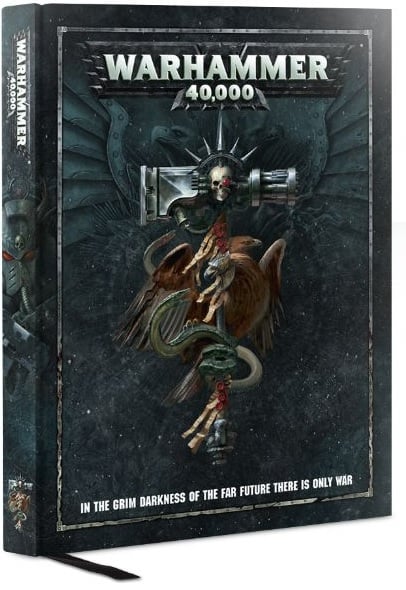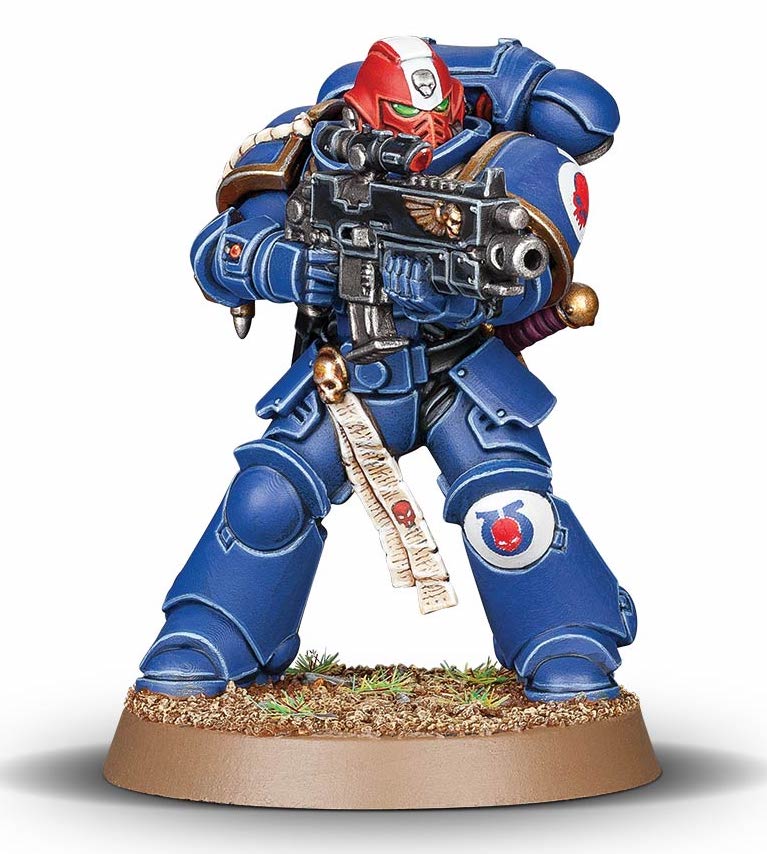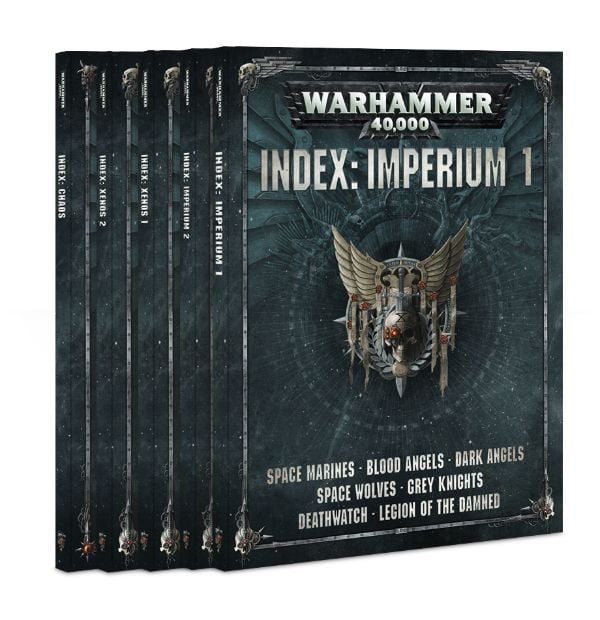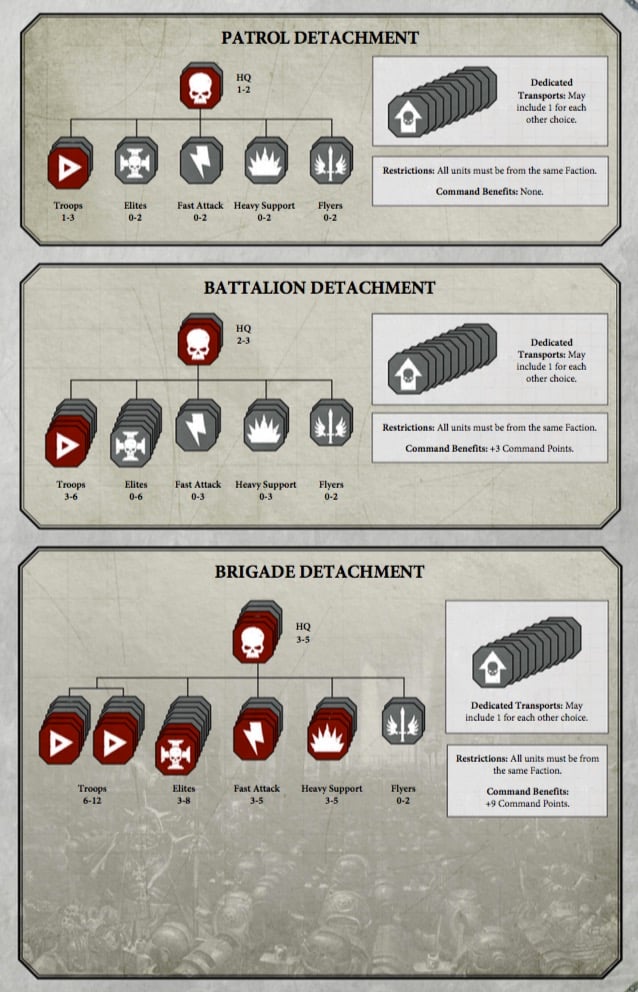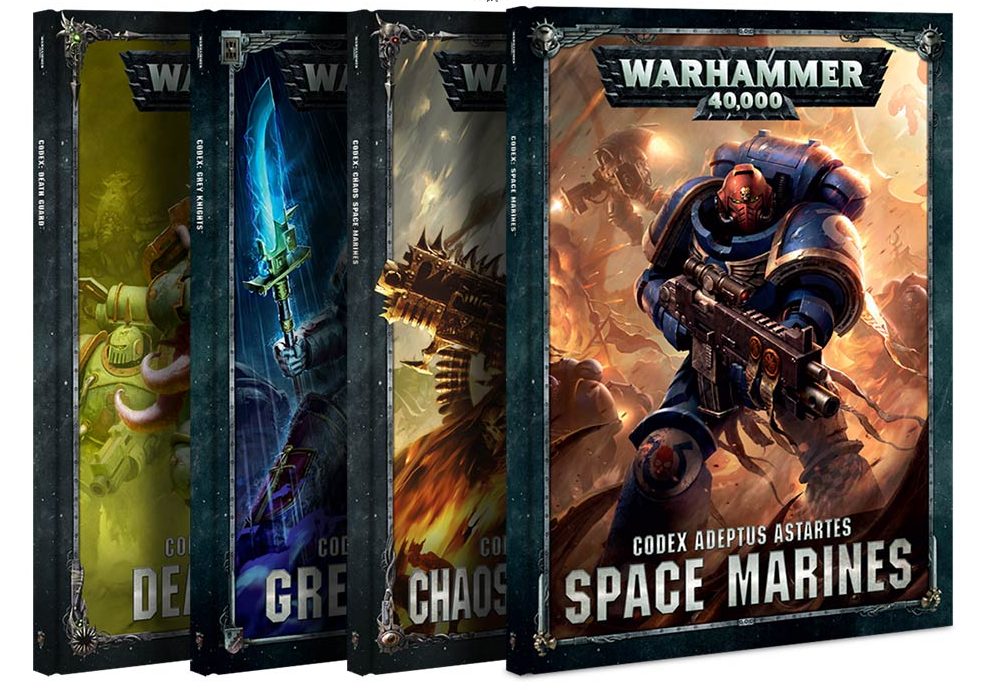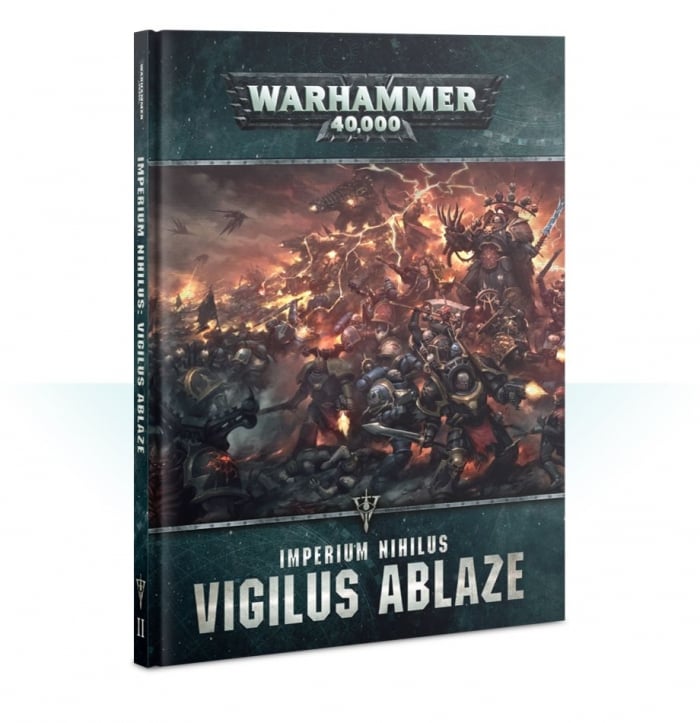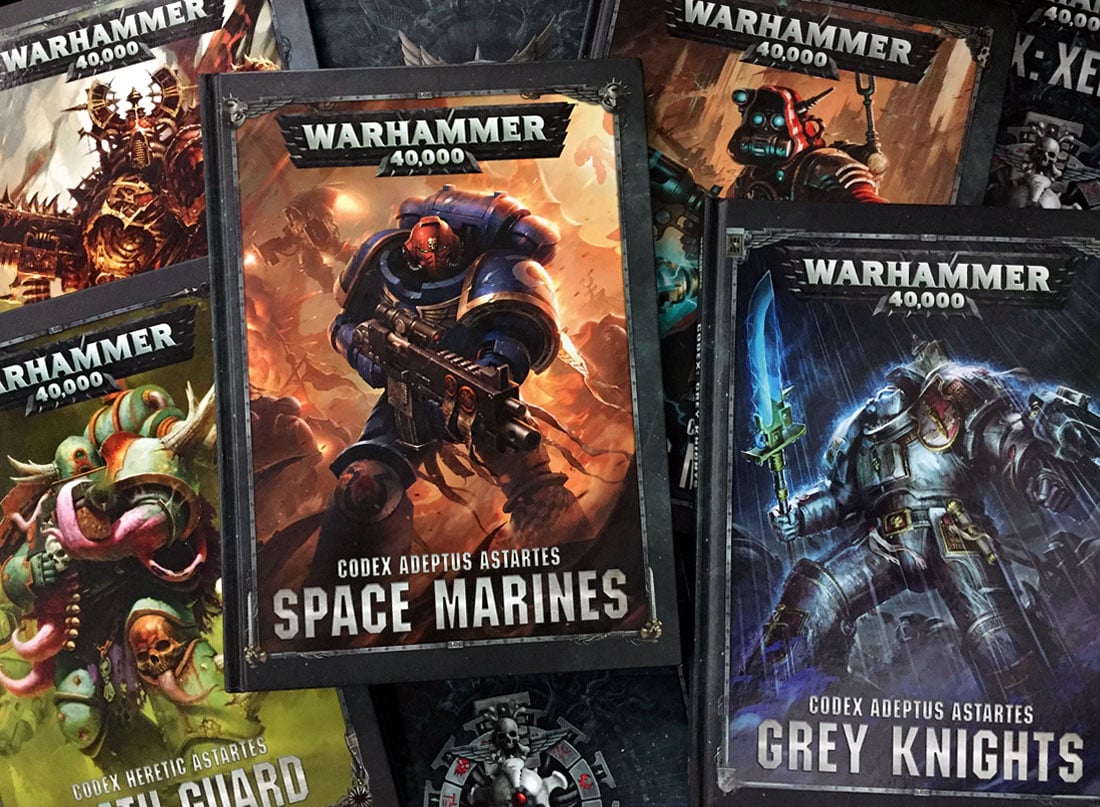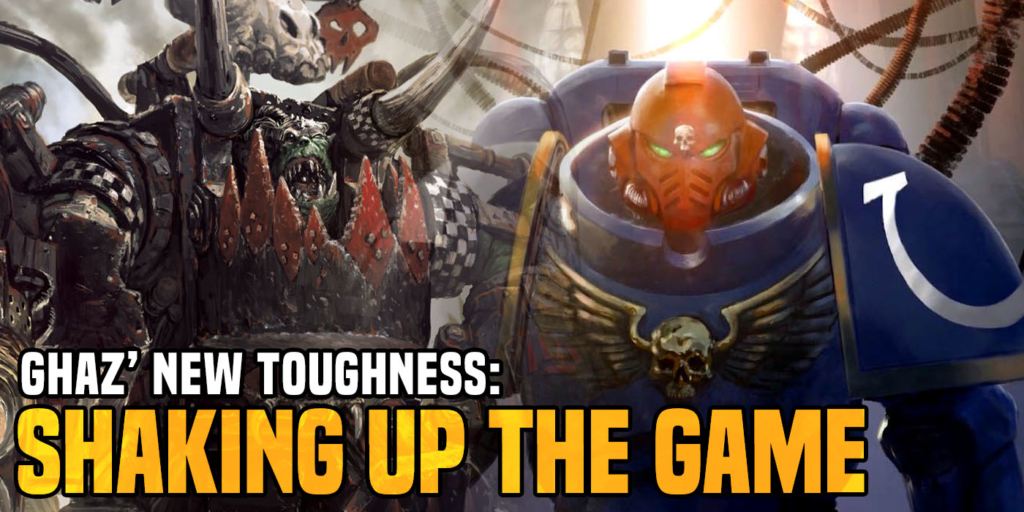Warhammer 40K: A History of Editions – 8th Edition
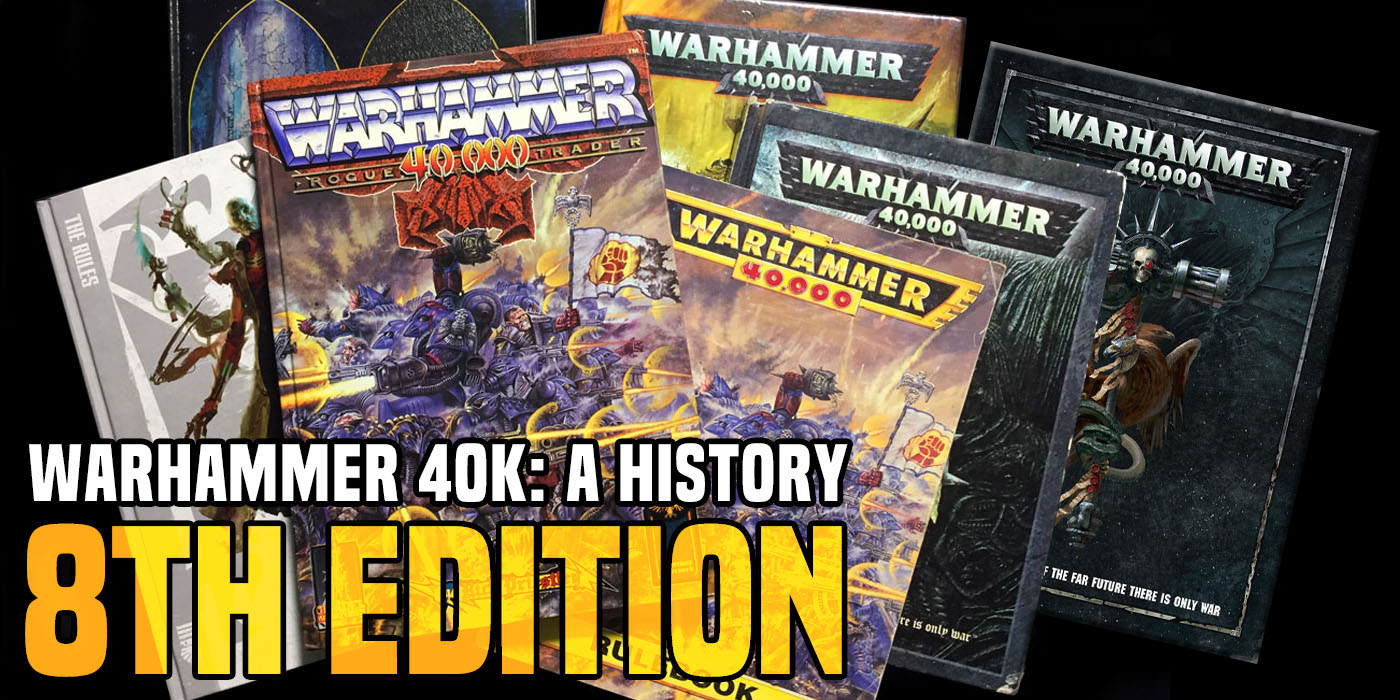

Come Grimdark enthusiasts as we cover the history and review of every edition of 40k. Today we look at 8th Edition.
A guest series by Karru
Welcome to the final article in the series, now we get to the latest edition of 40k. This edition saw a major shake up to the game, what could be argued to be even bigger than the shift from 2nd to 3rd edition. Whatever the case may be, 8th Edition differed mechanically from 7th in a big way, however the philosophy of the design team didn’t change.
8th Edition (2017 onward)
8th edition was a big shock to the player base as majority had not experienced the 2nd to 3rd shift and the announcement that all the books, supplements, campaigns books and WD updates were now going to be invalidated did not sit well with most. This was understandable of course, as I pointed out last time, 7th edition alone saw 50 books, or sources of rules, getting released, and hearing all that becoming unusable was not something people were expecting. Another source of hysteria was the release of Age of Sigmar only 2 years earlier which replaced Warhammer Fantasy with a totally different game, removed great deals of models, and at the time of release was a very bland game with a lot of problems, so people started drawing their own conclusions that 8th wouldn’t be any different.
Rumours started flying around, templates were getting removed. An entirely new range of Space Marines that would replace old models were coming, Vehicles, Monsters and Infantry were now all the same, everyone could wound everyone. The sky was going to fall, a lot of these rumours were confirmed to be true following up to the release as GW showed more and more models.
To lessen the anxiety, GW released multiple statements to vouch that this edition would be streamlined however the game was not “dumbed down”, still keeping the complexity and feel of 40k. This was made to assure those that thought this was going to simply be AoS of 40k, as Gathering Storm was thought to be what the End Times was to Fantasy.
Changes, Both Inside and Outside
8th edition did see a lot of streamlining, and simplification as much as GW was trying to say otherwise. The removal of templates, vehicle rules, terrain and cover rules, facings and so on made the game’s core rules very simple and that is not entirely a bad thing. 7th had grown to be so bloated that getting into it was a struggle and 8th was a welcome breeze. To counter the fact that all armies were without a book and not wanting to make people wait for ages or have them buy tons of books at once, GW instead simply released 5 Indexes, 2 Imperium, 2 Xenos and 1 Chaos. These Indexes, while only having the “barebones” to run the armies offered a good entry into the game. The indexes had both the rules and points in it for players to use, and the armies were relatively level with each other.
Other core changes to game were the ways armies were built. Instead of the Combined Arms Detachment and all the things attached to it, players now built their armies using Detachments, in a way smaller or bigger CADs. This was done to allow people to truly field the armies they wanted, be it all Heavy Support army or Elites, these were now open. Allies were also streamlined, there were no longer “tiers” to these, instead Allies were simply just like any other model in your army, however the new Keyword system that was ported over from AoS helped to keep some of the nonsense out of the game, at least in theory.
Those were some of the interior changes to the game, however the outside changes during the early days was also major. Unlike through 6th and 7th, GW was now communicating with its customerbase openly. Warhammer Community was now open and in general a ton more information was flowing in and out of the company. People now had more access to the information regarding the process as well as the thoughts of the designers regarding their decisions with the game.
Game Changes, Philosophy Does Not
While 8th edition was meant to streamline the edition, making it easier for people to get into and overall be more open and welcoming compared to 7th, the design philosophy the team had used since end of 5th had not changed. The game was still designed to be bigger, more models took the field, units were split into multiple choices and the core game design was based around encouraging taking more slots vs taking bigger units.
This meant that book releases continued as they used to. Codices were quickly pumped out so that everyone could now have their brand new Codex for the new edition to have fun with, however these books, much like before, were not that well balanced from faction to faction. There was also a distinct problem that all editions have faced, which is the “Early Codex Syndrome”. The fact of the matter is that with any game, odds are that the designers and the general playerbase play the game completely differently and 8th edition was no exception. Many of the early day Codices were lacking, not fitting really into the core rules, as many Elite armies quickly suffered a crippling blow as they couldn’t compete against Hordes with tons of now more durable models than before while seeing their pricing remain relatively the same while Hordes saw point cuts across the board, giving them a significant advantage. Later Codices tried to compensate by powering them up with changes, however this meant that armies that had come before were left to gather dust and slowly became outdated as their rules weren’t up to snuff compared to the newer books.
Once most of the Codices were out, the Campaign books started rolling. Again the same thing we saw in 7th Edition happened, some armies were given extra rules to play with while others were left with just their base book. While the Design Team was hard at work balancing the game, there were many oversights due to the rapid releases and the now vastly open game, such as the increase to Command Points, a core resource in the game gained through Detachments, which affected the core book Detachments, however this happened at the same time as the Dark Eldar Codex was released with their new core mechanic being taking multiple Patrol Detachments which normally do not give CP but for Dark Eldar it does and it was made almost mandatory for them due to the way the Codex worked, however the team officially stated that they had no plans to change the Dark Eldar CP gain, meaning that Dark Eldar now had a major flaw caused by the constant balance changes.
Ultimately the philosophy of adding more rules instead of removing them and streamlining the game still remains, and in 8th edition this is as obvious as in previous editions. New expansive mechanics are introduced for all armies, or the old ones are reworked. Meanwhile the list of Stratagems keeps getting longer and longer, more missions are introduced, with the release of the second Space Marine Codex, Supplements have now officially returned and the Chapter Approved change and add rules into the game.
History Repeats Itself
8th edition initially had many great ideas going for it. For example, I very much belong to the camp that believes Templates being removed was a good thing as someone that plays both Guard and Orks, not to mention Guardian hordes, the fact that I no longer have to spend so much time during my movement phase to make sure all my models are 2” apart is a huge time saver. The open nature of the game allows for more interesting armies to be made at least in theory, and the Narrative and Open Play sides are now very much expanded upon as usually everything GW released for 40k since forever were more or less aimed at what we now know as Matched Play. Constant changes to balance as well as more open communications from the company are also something that is more than welcome as in the past if a Codex was broken, players would have to wait until the new edition at the earliest to see it come down in power.
However, 8th edition falls flat as the team still insists on their old philosophy which had already been proven to be a thorny recurrent strategy. With almost 3 years into the edition, the game has grown to be almost impossible to get into, in other words it is in the exact same spot 7th was when they chose to reboot it. With pages and pages of FAQs to sort through, some of which totally rewrite rules in Codices, Chapter Approved, and now the potential of needing to buy your Codex a second time, as well as the wildly shifting balance is causing new issues for every one that is fixing. So while 8th edition offers a great deal of potential, much like 7th it can falls flat due to the amount of sheer volume of stuff being thrown at the players.
That brings us to the end of this series, from Rogue Trader to 8th edition, 40k has had a long road to travel and has seen many changes on the way. Who knows what the future will hold.
Let us know how you feel about the edition as a whole in the comments.

